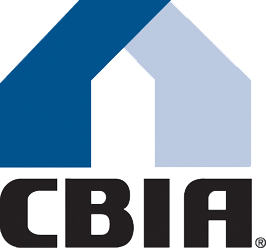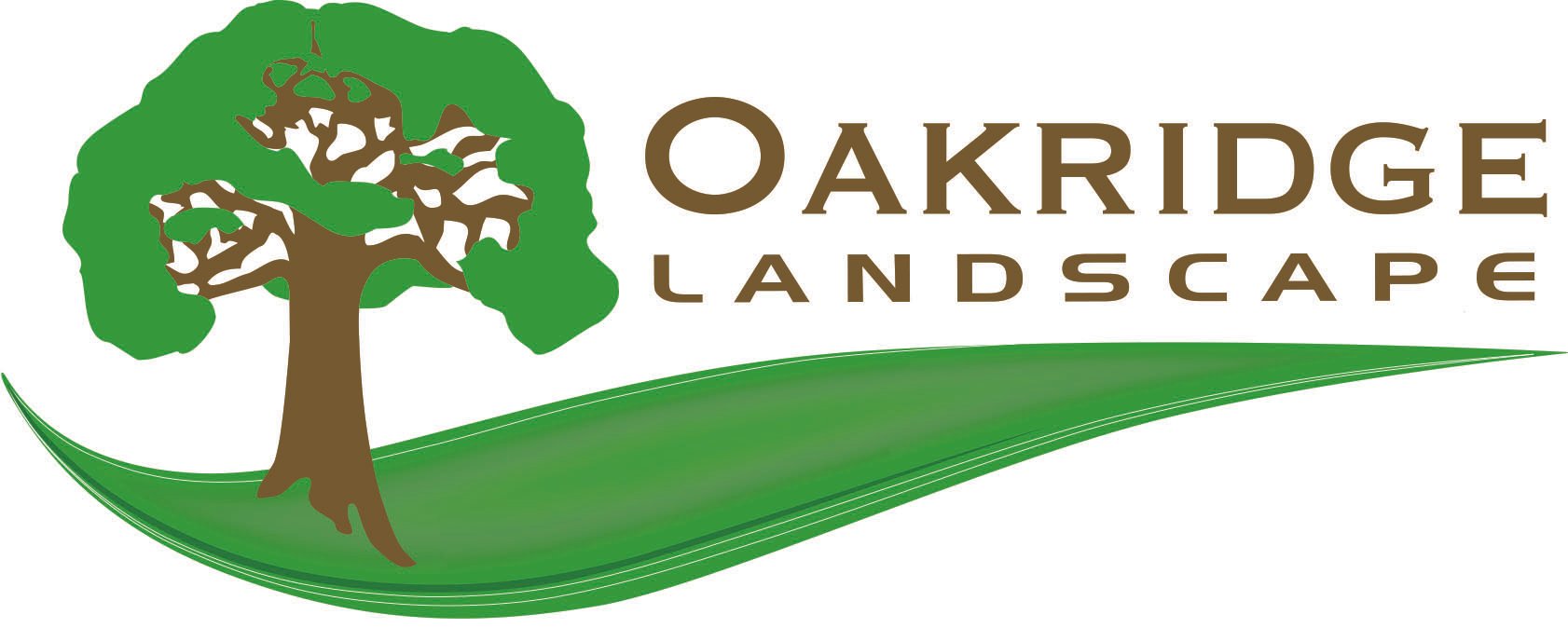Photo by Logan Nolin on Unsplash
by Phillip B. Burum, DR Horton,
President, Building Industry Association (BIA) Baldy View Chapter
‘Going green’ has been one of the major trends in home design and construction over the past decades and means that today’s new homes are and will continue to become more energy-efficient and environmentally-friendly with every innovation and new design. In fact, according to the most recent report What Home Buyers Really Want compiled by the National Association of Home Builders (NAHB), the vast majority of prospective and recent homebuyers polled for the survey indicate continuing strong preferences for healthier, ‘greener’ new homes and new home communities. The report states that three-quarters of homebuyers and owners who identified as Millennials (those born after 1981) listed Energy Star®-rated appliances as the green feature they want the most in a home, followed by 71 percent who desired an Energy Star® rating for the whole home along with other green amenities.
Today’s new homes are the most environmentally-friendly and energy-efficient new homes ever built because homebuilders lavish a great deal of attention on protecting our environment. Yet as the saying in the homebuilding industry goes: the environment doesn’t stop at the door. Now that we are approaching the seasons where we spend more time indoors, today’s scientists have found new, natural ways to keep homeowners’ indoor air quality healthy and fresh. According to How to Grow Fresh Air - 50 House Plants that Purify Your Home or Office by Dr. B.C. Wolverton, there are many common types of plants that can help filter and cleanse indoor air by working as “living” air purifiers.
Wolverton is a former National Aeronautics and Space Administration (NASA) senior research scientist and helped develop NASA's BioHome project in which plants were used to cleanse the air in a sealed structure. He recommends that first step to take when preparing to use plants to clean the air is to check all heating and air-conditioning systems that contain filters and consider indoor filters such as activated carbon and high-energy particle arrester (HEPA) filters that trap dust and other particles.
Then, estimate the number of plants needed in your home. Wolverton suggests between 15 and 18 houseplants per 1,800-square feet. Here are just some of the most popular houseplants (with their scientific names in parentheses) that NASA and Dr. Wolverton recommend as the best choices for purifying indoor air:
• Boston fern (nephrolepis exaltata "Bostoniensis")
• Philodendron (philodendron)
• Rubber plant (ficus robusta)
• Bamboo palm (chamaedorea seifritzii)
• Chinese evergreen (aglaonema modestum)
• English ivy (hedera helix)
• Gerbera daisy (gerbera jamesonii)
• Janet Craig (dracaena "Janet Craig")
• Corn plant/mass cane (dracaena massangeana)
• Pot mum (chrysanthemum morifolium)
• Peace lily (spathiphyllum)
• Warneckii (dracaena "warneckii")
• Spider plant (chlorophytum comosum)
• Golden pothos/Devil's ivy (epipremnum aureum) and
• Weeping fig (ficus benjamina)
Once your filters are replaced and your plants selected and placed, you may supplement additional natural methods of purifying indoor air such as using salt lamps which are made from chunks of salt that have been hollowed out to make room for a small light bulb or candle. These work by producing negative ions which help purify the air of dust, smoke, bacteria and other pollutants when the salt is heated up.
Today’s homebuilders and remodeling professionals take considerable pride in the fact that homes built here in the Baldy View Region are the most environmentally-friendly homes ever built and utilize the latest technologies, materials and building techniques and designs.
They are designed and constructed by the most knowledgeable, highly trained and sophisticated homebuilding professionals in history. In fact, new homes built here in the Baldy View region are built far over government standards to increase energy-efficiency while reducing homeowners' environmental impact or ‘environmental footprint’. And now, utilizing the right houseplants to help cleanse your indoor environment means your home will be healthier, safer and more comfortable all year round.
The BIA Baldy View Chapter seeks to advance the opportunity to attain the American Dream of home ownership. For additional information on homebuying, home improvements or the benefits of homeownership, go to www.biabuild.com on the web.
*****

















